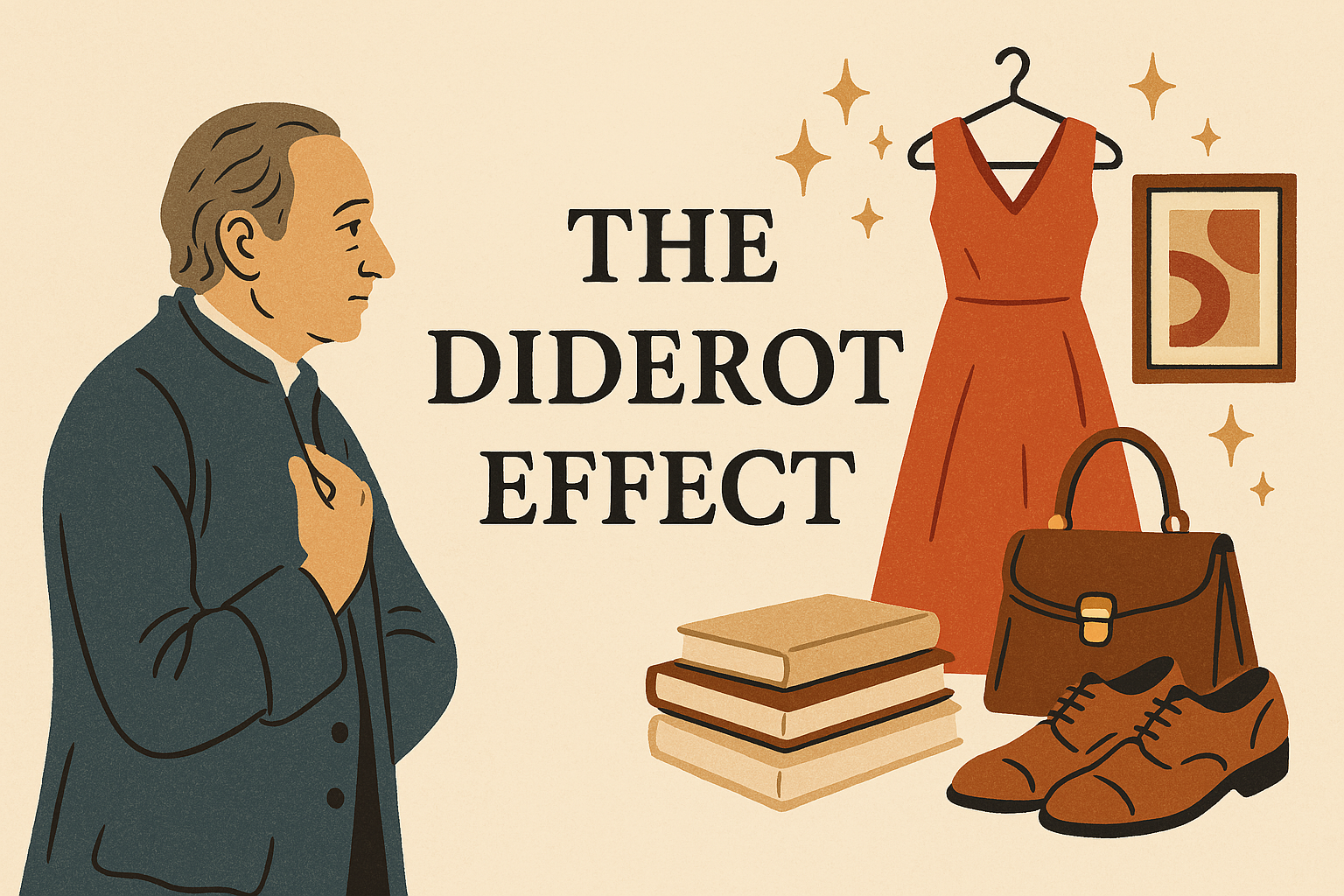
Welcome back. Today is the second part of the discussion about Capgras Delusion.
The most widely accepted explanation for Capgras delusion is a disconnect between two key brain systems: the fusiform face area, which helps us recognize faces, and the amygdala, which generates emotional responses. In a healthy brain, recognizing a loved one triggers both facial identification and a warm, familiar emotional signal. But in Capgras, the emotional signal doesn’t register—so even though the person looks right, the lack of feeling leads the brain to conclude something is terribly wrong.
This condition often arises in people with schizophrenia, Alzheimer’s disease, brain trauma, or neurodegenerative disorders, especially those affecting the right hemisphere of the brain. Neurologist V.S. Ramachandran has done pioneering work in explaining how such neural disconnections can create bizarre but internally consistent beliefs. His research suggests that when the brain can’t explain a mismatch between logic and emotion, it manufactures its own story—no matter how strange.
Treating Capgras delusion can be challenging. It often requires a combination of antipsychotic medication, cognitive behavioral therapy, and in some cases, treating the underlying neurological issue. While it’s rare, Capgras delusion gives us a fascinating glimpse into the fragile harmony between cognition and emotion. It shows how even the most basic human experiences—like knowing your mother’s face—depend on a delicate balance of neural signals working together in just the right way.
RELATED POSTS
View all


